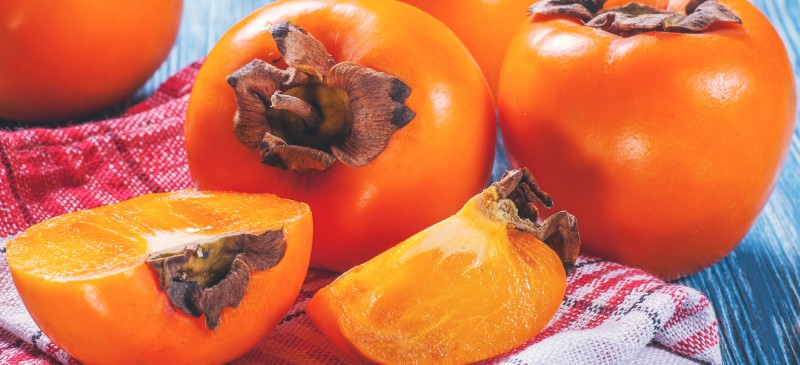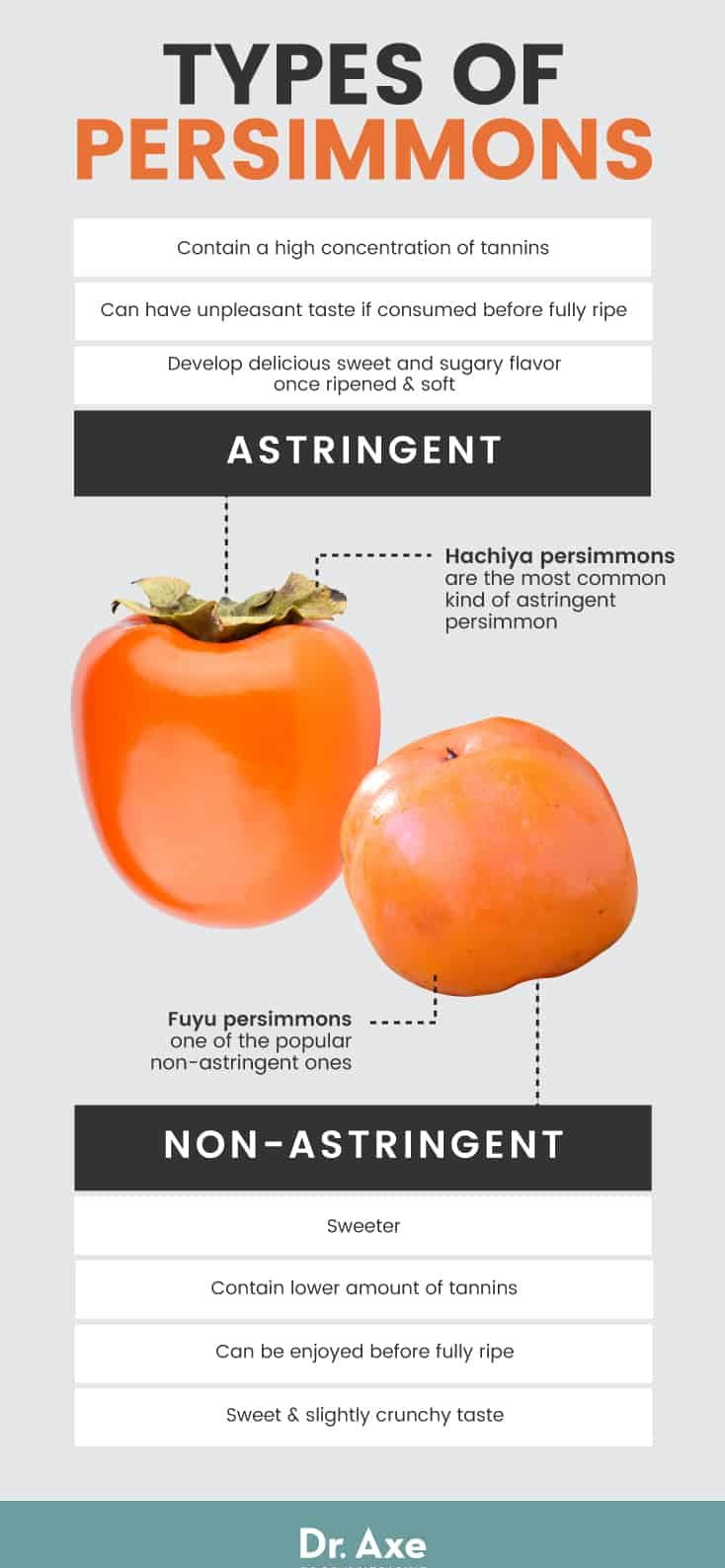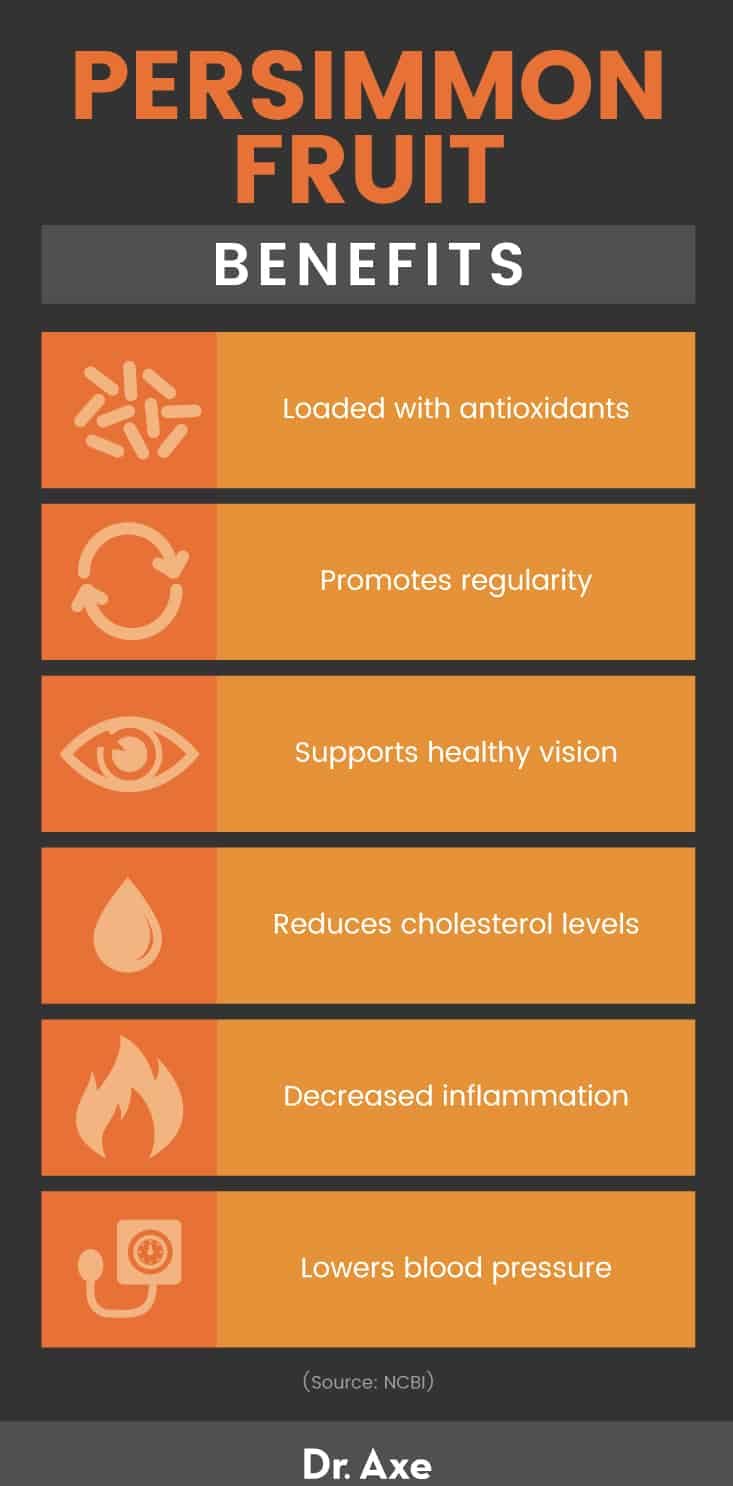This Dr. Axe content is medically reviewed or fact checked to ensure factually accurate information.
With strict editorial sourcing guidelines, we only link to academic research institutions, reputable media sites and, when research is available, medically peer-reviewed studies. Note that the numbers in parentheses (1, 2, etc.) are clickable links to these studies.
The information in our articles is NOT intended to replace a one-on-one relationship with a qualified health care professional and is not intended as medical advice.
This article is based on scientific evidence, written by experts and fact checked by our trained editorial staff. Note that the numbers in parentheses (1, 2, etc.) are clickable links to medically peer-reviewed studies.
Our team includes licensed nutritionists and dietitians, certified health education specialists, as well as certified strength and conditioning specialists, personal trainers and corrective exercise specialists. Our team aims to be not only thorough with its research, but also objective and unbiased.
The information in our articles is NOT intended to replace a one-on-one relationship with a qualified health care professional and is not intended as medical advice.
Persimmon Fruit: The Vitamin A Fruit that Benefits Cholesterol Levels
September 24, 2018

Sweet, flavorful and packed with antioxidants and nutrients, it’s no wonder that the persimmon fruit was dubbed “the divine fruit” by the Greeks. This fruit is equal parts versatile, nutritious and delicious, accounting for its widespread popularity in many Asian countries. It is also becoming increasingly common in other areas around the world and is now featured in many seasonal pies, cakes and desserts.
In addition to bringing plenty of flavor to dishes, it can also provide you with some serious health benefits, from promoting regularity to dropping cholesterol and blood pressure. Not to mention, it can be a delicious way to meet your needs for many important nutrients, such as vitamin A, vitamin C and manganese.
What Is Persimmon Fruit?
The persimmon is an edible fruit that comes from the persimmon tree. The tree is a member of the Ericales order of plants, which also includes Brazil nuts, blueberries and tea. Although there are several varieties of persimmon fruit, the most commonly cultivated comes from the Japanese persimmon fruit tree, known by its scientific name of Diospyros kaki.
There are two main types of persimmon fruit: astringent and non-astringent. Hachiya persimmons are the most common kind of astringent persimmon fruit. Astringent persimmons contain a high concentration of tannins and can have an unpleasant taste if consumed before they are fully ripe. Once ripened and soft, however, they develop a delicious sweet and sugary flavor.
Non-astringent persimmons, on the other hand, are sweeter and contain a lower amount of tannins. In fact, non-astringent varieties like fuyu persimmons can be enjoyed even before they are fully ripe. The non-astringent persimmon taste is usually described as sweet and slightly crunchy.
These fruits can be eaten raw, cooked or dried. They are commonly added to everything from salads to baked goods and more.
In addition to being incredibly versatile, they are also high in many important nutrients and antioxidants and have a long list of potential health benefits that they can provide.

Health Benefits
1. Loaded with Antioxidants
Antioxidants are compounds that help fight off harmful free radicals to prevent damage to cells and reduce the risk of chronic disease. Some research has shown that antioxidants could protect against conditions like heart disease, cancer and diabetes. (1)
Persimmon fruit is jam-packed with beneficial antioxidants. A 2012 study out of Korea published in Preventive Nutrition and Food Science analyzed persimmon juice and found that it was especially rich in gallic acid and epicatechin gallate, two compounds with antioxidant properties. (2)
In addition to persimmons, other high antioxidant foods include berries, cilantro, dark chocolate and cinnamon.
2. Promotes Regularity
Including persimmon fruit in your diet may help prevent constipation and increase regularity. Persimmons are a high-fiber food; each serving provides a whopping 6 grams, knocking out almost a quarter of your daily fiber needs.
Fiber moves through the body undigested, adding bulk to the stool and promoting regularity. A 2012 analysis made up of five studies showed that dietary fiber was effective in increasing the frequency of bowel movements in patients with constipation. (3)
Make sure you stick to sweet persimmons, as the astringent varieties are higher in tannic acid and may actually be associated with constipation. Tannic acid can decrease intestinal secretions and slow down the movement of the digestive tract. (4)
Other constipation natural remedies include drinking plenty of water and warm liquids, eating other high-fiber foods, and increasing your physical activity.
3. Supports Healthy Vision
Persimmons are high in vitamin A, a nutrient that’s essential to maintaining eye health. In fact, just one raw persimmon fruit provides 55 percent of the daily requirement for vitamin A.
Common signs of vitamin A deficiency include night blindness, dry eyes and Bitot’s spots, which are tiny flecks of keratin that can build up on the conjunctiva of the eye. (5)
Increasing your vitamin A intake by including foods like persimmon fruit in your diet can help prevent these signs of deficiency and keep your eyes working efficiently. Other foods high in vitamin A include beef liver, carrots, sweet potatoes, kale and spinach.

4. Reduces Cholesterol Levels
Cholesterol is a fat-like substance found throughout the body. While we need a certain amount of cholesterol, if too much builds up in the arteries, it can cause them to harden and narrow, forcing your heart to work harder to pump blood throughout the body.
Some studies have shown that persimmon fruit could effectively help lower cholesterol levels and be one of the better cholesterol-lowering foods. In one study published in the Annals of Nutrition & Metabolism, 40 participants were given a bar containing either a low or high dose of persimmon fiber three times daily for 12 weeks. By the end of the study, both groups had significant decreases in their levels of bad LDL cholesterol. (6)
Similarly, an animal study published in the Journal of Nutrition showed that eating persimmon decreased total and bad LDL cholesterol as well as triglycerides in rats. (7)
Other ways to help lower cholesterol naturally and fast include exercising regularly, eating plenty of soluble fiber and increasing your intake of omega-3 fatty acids.
5. Decreases Inflammation
In addition to lowering cholesterol, keeping your eyes healthy and supporting regularity, persimmons may even help reduce inflammation. While inflammation is a normal and healthy immune response, chronic inflammation can contribute to diseases like cancer and coronary heart disease.
Thanks to its high content of antioxidants and tannins, persimmon fruit has been shown to help relieve inflammation. An animal study published in the journal PLoS One found that treating mice with persimmon-derived tannins helped decrease levels of several markers of inflammation. (8)
Besides persimmon fruit, a few other anti-inflammatory foods include green leafy vegetables, berries, broccoli, walnuts and coconut oil.
6. Lowers Blood Pressure
The tannins found in persimmon fruit may be able to help lower blood pressure levels. High blood pressure places extra strain on the heart and is one of the major risk factors for heart disease.
Multiple studies have suggested that tannic acid could be effective in reducing blood pressure. A 2015 animal study, for example, showed that giving tannic acid to rats helped lower blood pressure. (9) Another animal study published in Life Sciences demonstrated that tannins extracted from traditional Chinese herbs helped reduce the levels of an enzyme that controls blood pressure. (10)
Keep in mind that astringent persimmons have the highest tannin content, which gradually decreases with ripeness. Opt for an astringent persimmon over the sweeter variety to maximize effectiveness.
Nutrition Facts
Persimmons are low in calories but loaded with fiber, vitamin A, manganese and vitamin C.
One raw persimmon fruit contains approximately: (11)
- 118 calories
- 31.2 grams carbohydrates
- 1 gram protein
- 0.3 gram fat
- 6 grams fiber
- 2,733 international units vitamin A (55 percent DV)
- 0.6 milligram manganese (30 percent DV)
- 12.6 milligrams vitamin C (21 percent DV)
- 0.2 milligram copper (9 percent DV)
- 270 milligrams potassium (8 percent DV)
- 0.2 milligram vitamin B6 (8 percent DV)
- 1.2 milligrams vitamin E (6 percent DV)
- 4.4 micrograms vitamin K (5 percent DV)
In addition to the nutrients above, persimmon fruit also contains some magnesium, thiamine, folate and phosphorus.
Persimmon vs. Tomato
Take a quick look at a persimmon and you might accidentally confuse it for a wonky-looking tomato. These two fruits share similar features; they are both round with a green top and can range in color from dark red to bright orange. However, there are many differences between the two, from how they taste to how they are used as well as the nutrients that they provide.
While tomatoes do provide a hint of sweetness like persimmons, they tend to have a more earthy, mild taste. They are generally used in cooking savory dishes, such as salads and sauces, while persimmons are often used as an ingredient in desserts. And although both can be eaten raw, you’re more likely to see someone biting straight into a persimmon than a tomato.
Ounce for ounce, tomatoes are significantly lower in calories but also contain about one-third of the fiber found in persimmons. They are fairly comparable in terms of micronutrients, but tomatoes contain slightly more vitamin C while persimmons contain a bit more vitamin A.
How to Eat Persimmons
If you’ve never tried it before, you may be wondering how to eat a persimmon. The good news is that it’s actually pretty simple; the skin is very thin and entirely edible, so you can simply wash it off and eat it like an apple.
If you’re eating an astringent persimmon like a Hachiya, make sure you wait until it’s softened and fully ripe to avoid a mouth full of tannins. For non-astringent persimmons, go ahead and enjoy when it’s orange and still a bit firm. Just be sure to discard any of the seeds found in the center of the fruit.
You can also use persimmon as an ingredient for other dishes as well. It’s great for boosting the flavor of salads or naturally sweetening up desserts while still providing some extra nutrients as well.

Where to Find and How to Use
Persimmons can be found at many grocery stores and farmers markets. They are also widely available at specialty Asian markets, often at a more affordable price.
Look for persimmons starting in October, which is when the persimmon season typically begins. They can usually be found through most of the winter and are often available well into January.
Because of the distinctly sweet persimmon fruit taste, the fruit makes a great addition to desserts and baked goods. Persimmon cookies, breads, puddings and ice creams are all popular treats. It can also be added to savory dishes like salads to amp up the flavor.
Of course, you can also relish the flavor of a nice, crunchy persimmon all on its own. Simply wash it off and enjoy!
Looking for some new ways to incorporate this tasty fruit into your diet? Here are some ideas to get you started:
- Persimmon Salsa
- Harvest Cranberry, Persimmon and Burrata Salad
- Persimmon Bread
- Cardamom Roasted Persimmons
- Persimmon Chia Pudding
History
Persimmons have a long history and can be traced all the way back to ancient Greece. In fact, they come from the Diospyros genus of plants, which translates “fruit of the gods” in Greek. It’s believed that persimmons are the lotus mentioned in Homer’s “Odyssey,” which was composed somewhere near the end of the eighth century B.C.
Today, despite being relatively unknown in many parts of the world, the persimmon is a treasured fruit by many. It’s recognized as the national fruit of Japan and is an integral ingredient in many Asian dishes.
In Korea, for instance, dried persimmons are used to make a spicy cinnamon punch called sujeonggwa while in Taiwan, astringent persimmons are sealed in lime water to harden and are sold as a snack called “crisp persimmon.” In many parts of Asia, the leaves of the persimmon fruit are even used to make tea.
In the United States, persimmons are most often used in sweets, especially pies. Persimmon puddings, cookies and cakes are a few of classic favorites that pop up during the persimmon season.
Risks and Side Effects
Although rare, persimmon fruit can trigger an allergic reaction in some people. If you experience any adverse food allergy symptoms like itching, swelling or hives, you should discontinue use immediately and talk to your doctor.
If you suffer from constipation, it’s best to stick to non-astringent persimmon varieties. Astringent persimmons are higher in tannins, which can slow down the digestive tract and worsen constipation. Although non-astringent persimmons are naturally lower in tannins, you should monitor your tolerance and discontinue consumption if your constipation gets worse.
Additionally, some of the compounds found in persimmons may lower blood pressure. You should check with your doctor if you’re already taking medications to reduce your blood pressure as it may cause an interaction.
Final Thoughts
- Persimmon fruit is a type of edible fruit that is available in both astringent and non-astringent varieties.
- When ripe, astringent persimmons are soft and sweet. Non-astringent persimmons are also sweet with a crisp flavor and can be eaten before they become fully ripe.
- They can be eaten raw or added to baked goods and sweets to enhance the flavor.
- Persimmon fruit is low in calories but high in fiber, antioxidants, vitamin A, manganese and vitamin C.
- Persimmon health benefits include lowering blood pressure and cholesterol, decreasing inflammation, supporting healthy vision, and promoting regularity.



